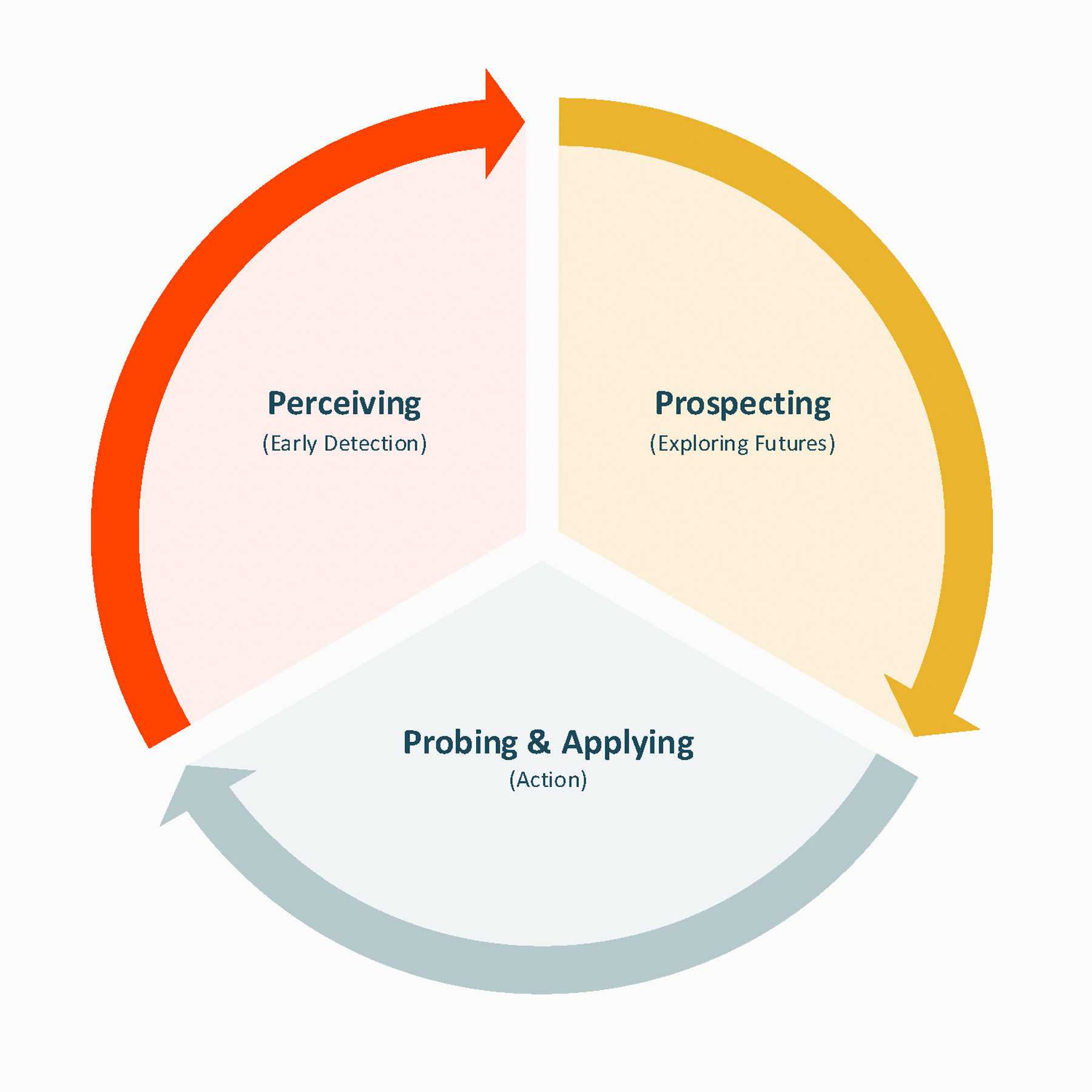

In today’s fractured and hyperpartisan environment, the question of how organizations can effectively communicate with stakeholders while remaining authentic, responsive and thoughtful has never been more pressing, nor the tools to address it more powerful.
The communication landscape has fundamentally transformed, gone are the days when organizational messages could be crafted for broad audiences with reasonable confidence they would be received as intended. Today’s environment demands precision, personalization and an acute awareness of context that traditional approaches simply cannot deliver.
Generative artificial intelligence (AI) represents perhaps the most significant advancement in communication technology since social media’s emergence. Unlike previous technologies that merely amplified existing messages, generative AI can help organizations create, refine and deliver exceptional communications tailored to specific stakeholders with unprecedented granularity.
Consider the immense ecosystem of personal data that companies focused on customer experience have built—imagine CRM systems, direct-response campaigns, online forums, Q&A platforms, focus groups and more. Their profiles may contain anywhere between 300–1,500+ attributes on individual consumers—from socioeconomic status and economic stability to religious affiliation, health concerns and political and behavioral patterns. While the scope of this data collection raises important privacy questions, it also illustrates the extraordinary level of personalization now possible.
Generative AI can analyze these complex datasets to identify patterns and preferences that would elude even the most astute human communicator. The Harvard Business Review article “How Gen AI Is Transforming Market Research” highlighted how organizations can leverage synthetic data and AI-driven analysis to understand stakeholder perspectives without conducting traditional (and often less representative) research. Companies are already using digital twins—AI-generated models of typical customers or stakeholders—to test messages before deploying them in the real world.
APCO’s proprietary adaptive intelligence, Margy, serves as a paragon of this innovative approach. Crafted to enhance the effectiveness and insight of communications, Margy operates within two vital areas: managing brand reputation and issues and analyzing the policy and legislative landscape. By assimilating real-time global insights from social media discussions, news reports, policy updates, government portals and other relevant sources, Margy empowers organizations to address emerging issues with unprecedented speed and accuracy, surpassing the capabilities of traditional public affairs software, which often only offer summaries. Underpinned by the synthetic thought processes of our domain experts, Margy sets a new standard in strategic communication responsiveness.
This technology isn’t simply about crafting more persuasive messages—it’s about creating more meaningful connections and thinking strategically in a world where attention is scarce and trust is fragile.
In turbulent times, marked by policy unpredictability and societal polarization, organizations face the dual challenge of navigating complex issues while maintaining authenticity across diverse stakeholder groups. Generative AI offers a path forward by enabling more thoughtful decision-making in several keyways:
1. Generative AI provides continuous environmental scanning that identifies emerging issues before they become crises. Rather than relying on periodic reports or analyst summaries, AI can monitor conversations across platforms constantly, flagging potential concerns based on subtle shifts in language or sentiment that might escape human notice.
2. It also enables dynamic scenario planning. By generating multiple potential outcomes based on different strategic approaches, AI helps leaders anticipate consequences of their decisions across various stakeholder groups. This capability is particularly valuable when navigating politically charged issues where actions might be interpreted differently by different audiences.
3. Generative AI helps to promote inclusive decision-making by highlighting perspectives that might otherwise be missed. By analyzing communications across diverse communities, AI enables organizations to grasp how their actions could impact different groups, fostering more empathetic and comprehensive strategies. Imagine a tête-à-tête with a single stakeholder; communicating with a million is unfeasible for humans. However, with sufficient metadata about these stakeholders, generative AI can serve as a powerful workhorse.
The ethical implications of these capabilities are paramount. AI systems, intentionally or unintentionally, mirror their creators’ values and perspectives, influencing our communication methods. Organizations implementing these technologies must pledge to uphold transparency, honesty and respect for stakeholder autonomy. They should universally adhere to values such as truthfulness, benevolence, dignity and respect in all communications while acknowledging cultural and community diversity in norms.
The most effective organizations will use AI not to manipulate stakeholders but to understand them more deeply. They will recognize that personalization is not about crafting the most persuasive message for each individual but about demonstrating genuine understanding of diverse perspectives. They will acknowledge that in a polarized world, authentic communication requires both speaking and listening with greater intention.
As we navigate this new landscape, organizations face a choice: Will they use AI-powered tools merely to amplify existing messages more effectively, or will they embrace the technology’s potential to foster genuine understanding across divides? Those who choose the latter path—who commit to communication built on shared values even in the absence of shared perspectives—may find that the turbulence of today’s environment offers not just challenges but opportunities for deeper connection.
In a world that often feels more divided than united, perhaps the most powerful application of artificial intelligence isn’t making us more persuasive—but making us more thoughtful, responsive and genuinely connected to the humans our organizations serve.


